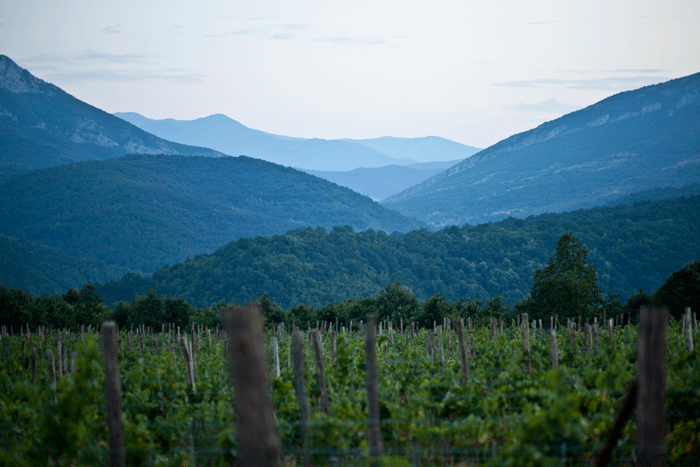The New, New World? – Lunch & Learn 3
Author: Martin Hudson MW
In the trade, we have used the term “New World” as shorthand over the last 30 or so years for the Americas, South Africa, New Zealand and Australia. These countries, which did not have native vitis vinifera (grape vine) are now established mainstays of any self-respecting restaurant or retailer’s wine list. The term “New World” was perhaps initially rather patronising, not least when one considers when wine was first produced in some of the countries – in the mid 16th-century in South America, and nearly 50 years before Berry Bros. & Rudd was founded in South Africa.
So now that the New World is well established, what regions are the new big thing in the world of wine? Arguably, the emerging countries are those with a very long history of wine-making, and for the most part a fund of native grape varieties, but a rather chequered viticultural past.
The liberalisation of central and eastern Europe following the fall of the communist regime in the USSR has completely changed the face of their wine industries. No longer is quantity and the need for hard currency the main driver, instead increasing numbers of privately owned wineries are aiming to make the best possible quality. Alongside this is a rediscovery of indigenous grapes that had been ignored in the desire to make wines with a mass appeal. The result is an array of wines to fascinate the most jaded palate with Plavac Mali from Croatia, Gamza or Borovitza from Bulgaria and Feteasca Regala from Romania being typical examples.
In parallel with these developments in Europe, a potential future giant of the wine world is being created in China, a country that according to some statistics already produces more wine than Australia, although these numbers need to be treated with care. Areas in excess of 20,000 acres at a time are being set aside for vineyards, and investment and technology transfer from France and other traditional wine-producing countries are transforming the quality of the wine. With a country this vast, there will inevitably be parcels of terroir that will perfectly match classic grape varietals, so do not be surprised if Chinese wine becomes more than a curiosity to be gingerly sampled when in a Chinese Restaurant. Although vitis amurensis is native to Asia, it is unlikely that wines from native grapes will find favour in export markets in the near future.
Lebanon and Israel are also showing their mettle as wine producing countries, mainly with International (read: French) varieties. The number of wineries in both countries has increased significantly in the last 35 years, as has the technology being used in the winery, and this, coupled with a better understanding of how to match variety to terroir has lead to a significant improvement in quality.
If you are interested in learning more about – and tasting – wine from emerging regions, then join Martin Hudson MW for his Lunch & Learn session on 6 November, which will cover China, Bulgaria, Croatia and beyond.



